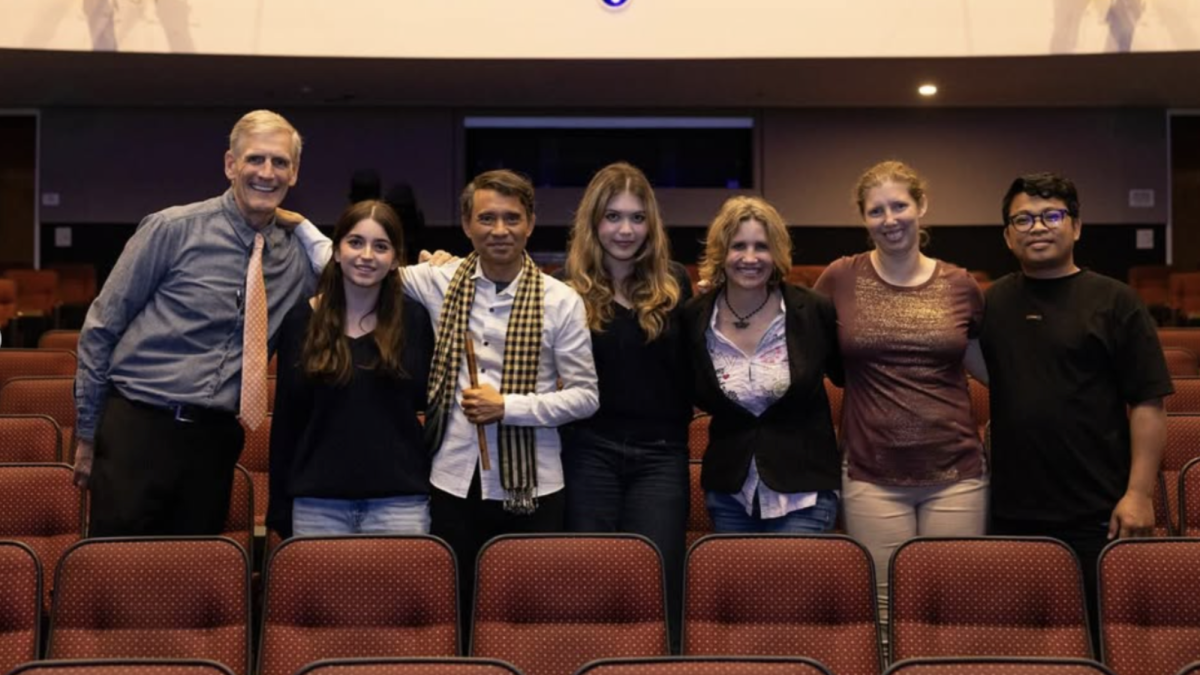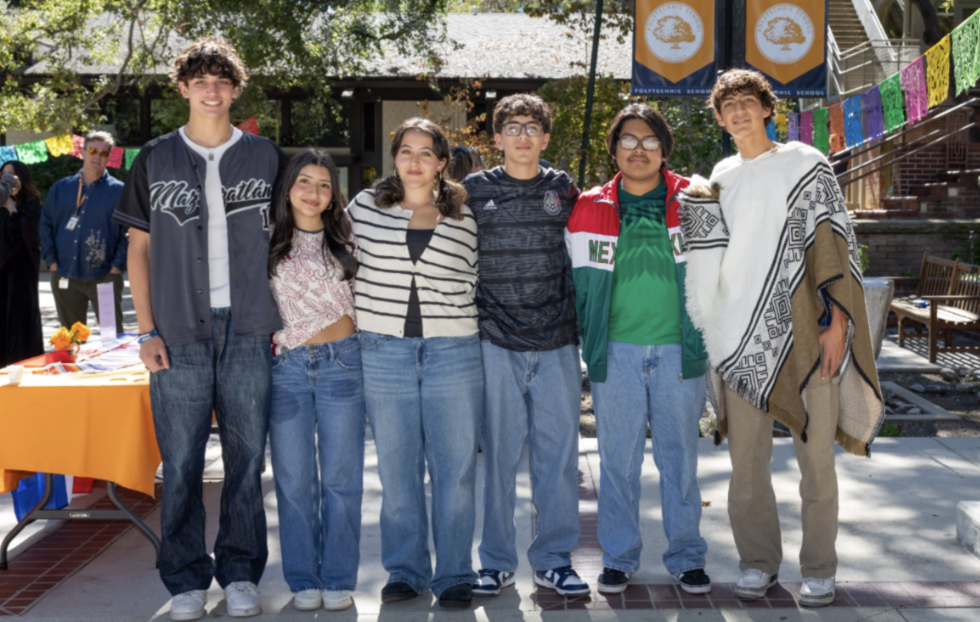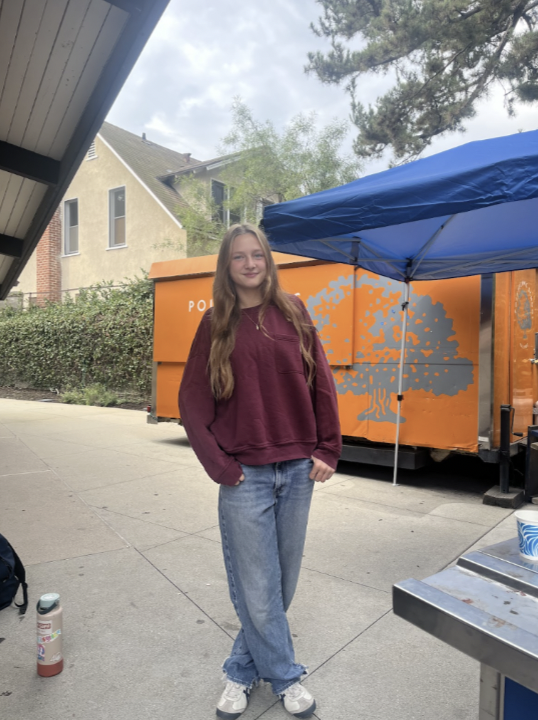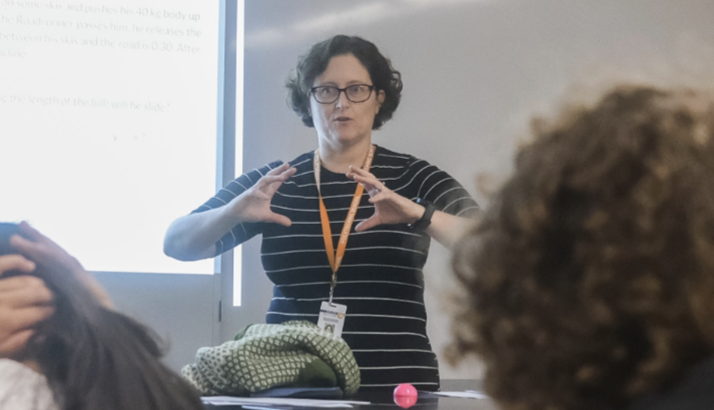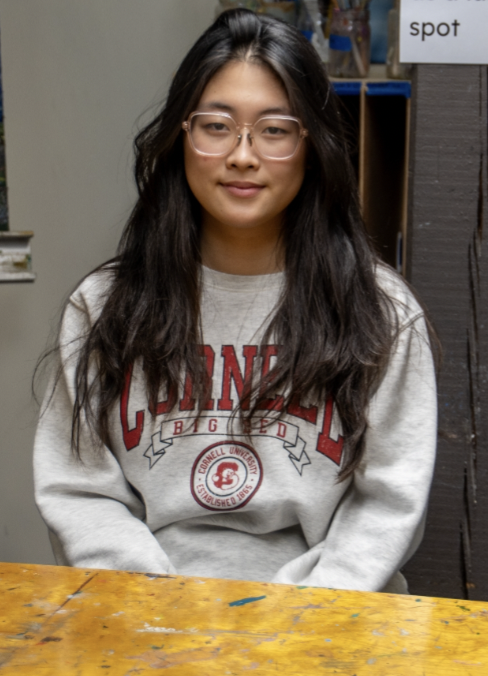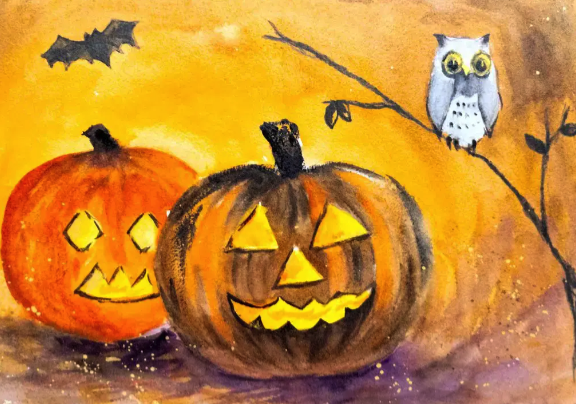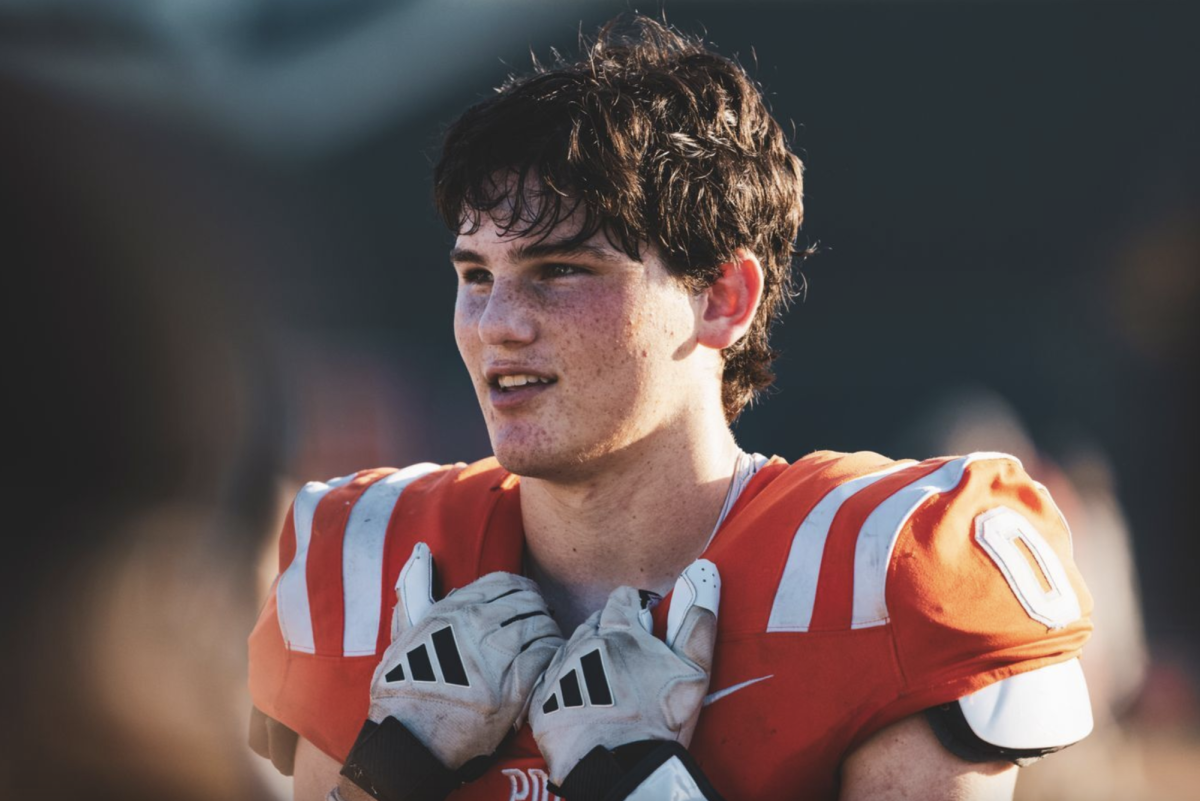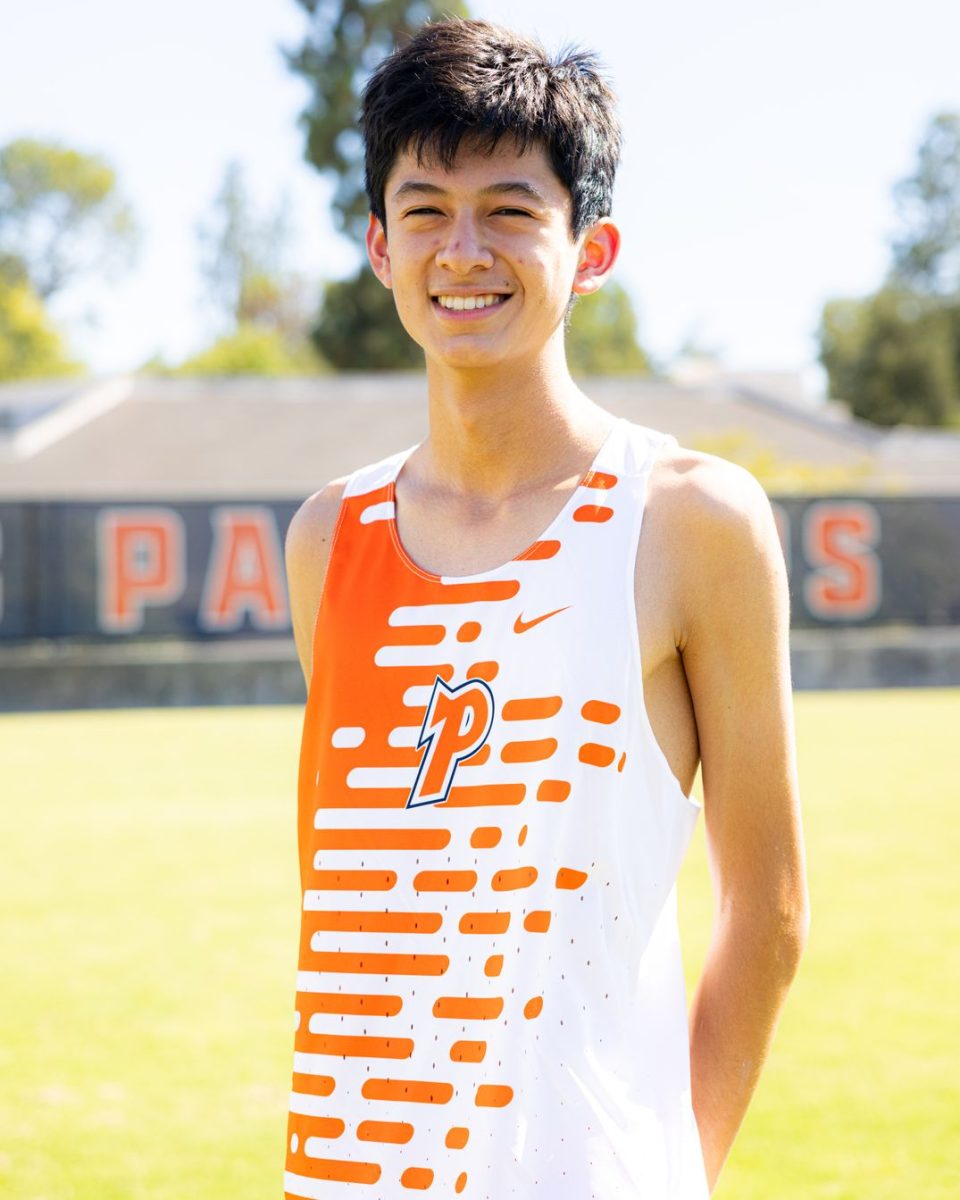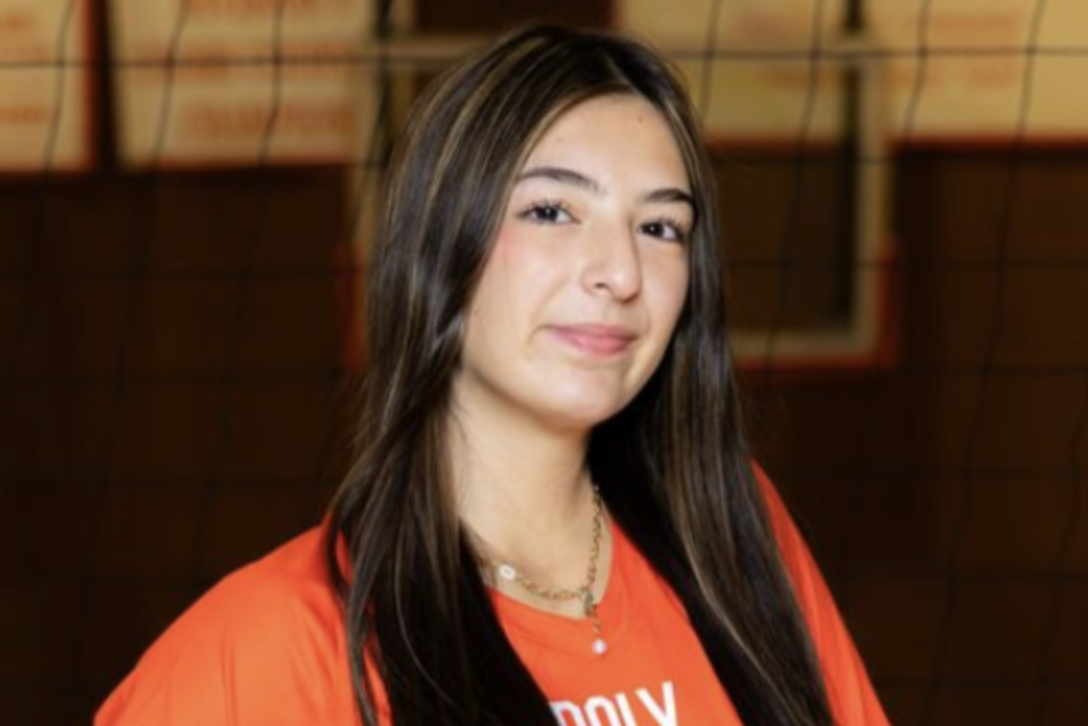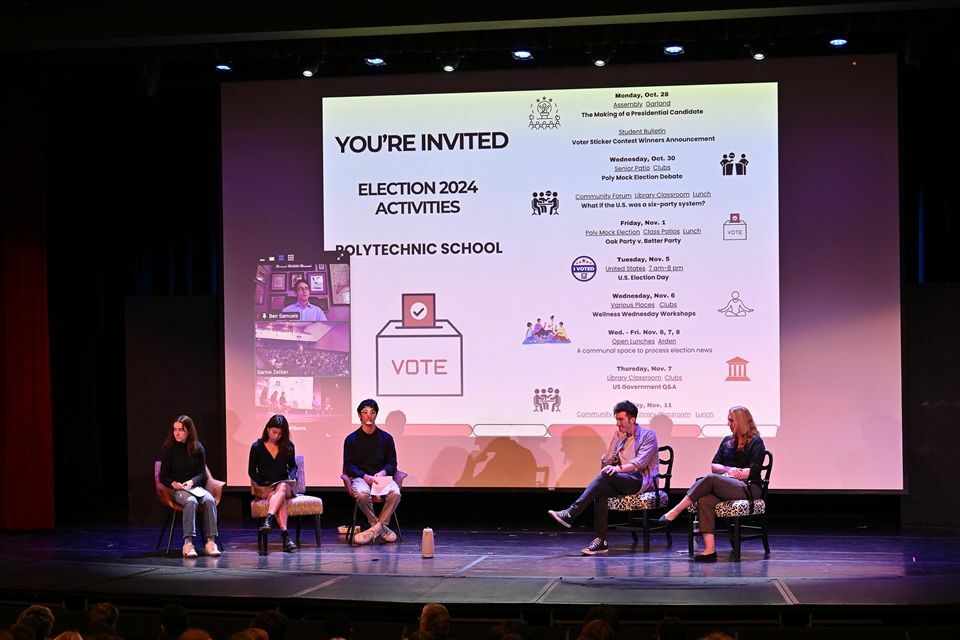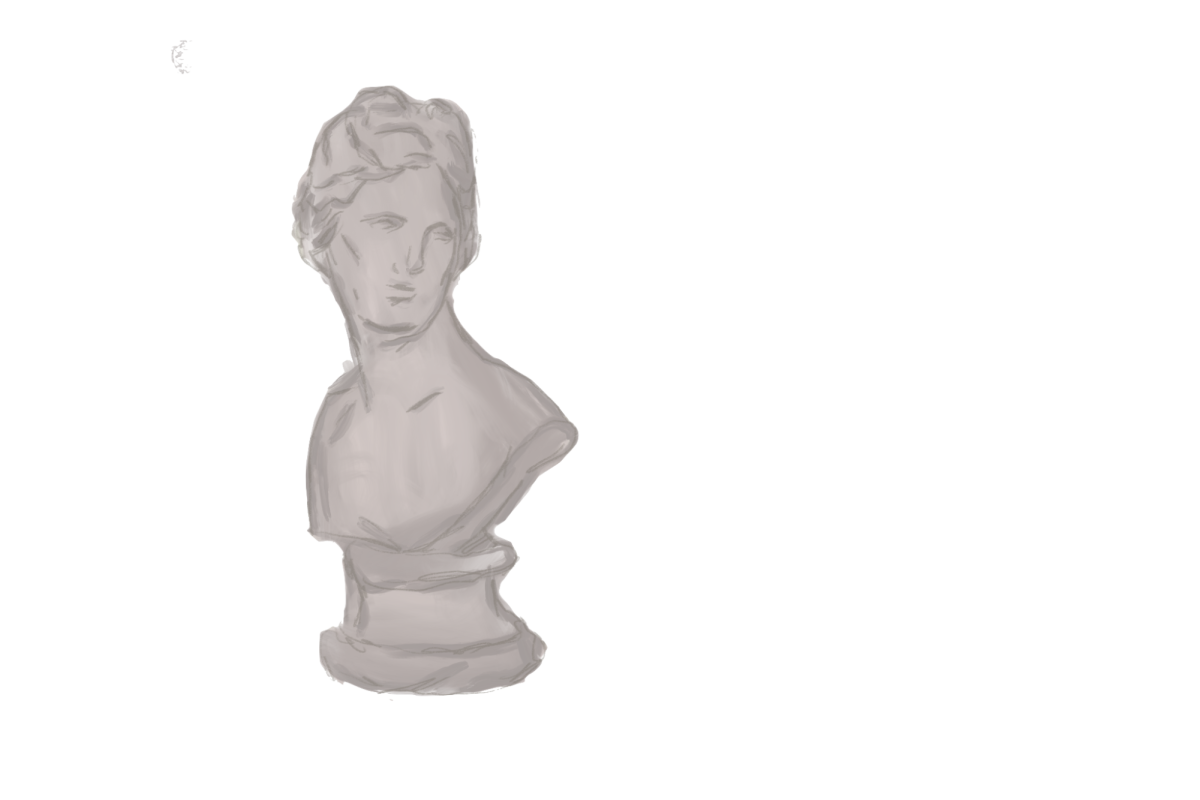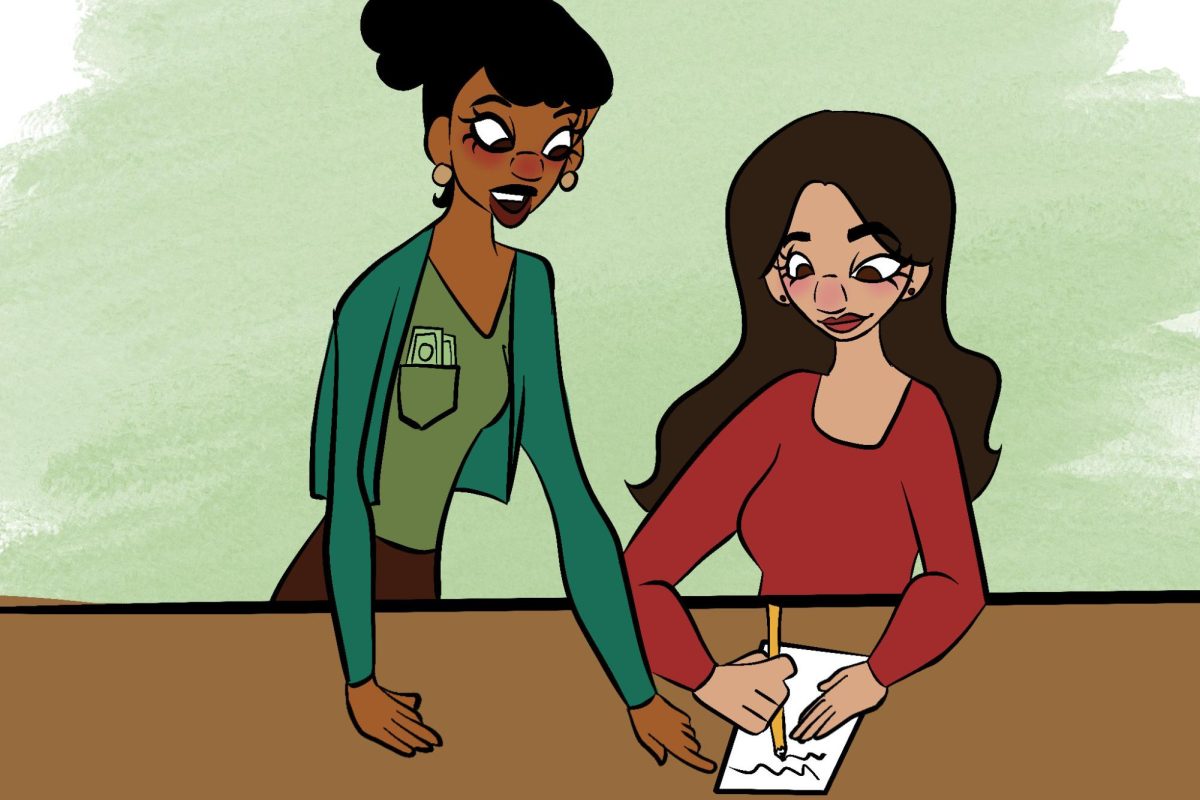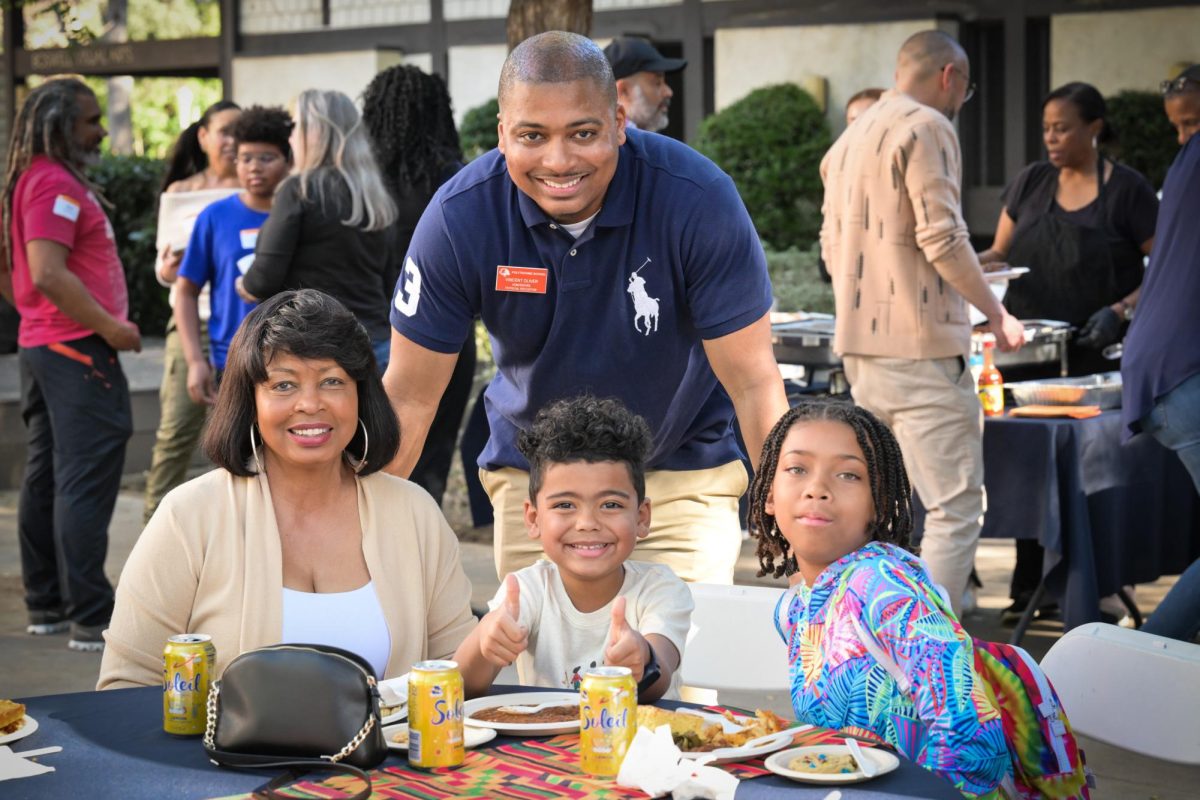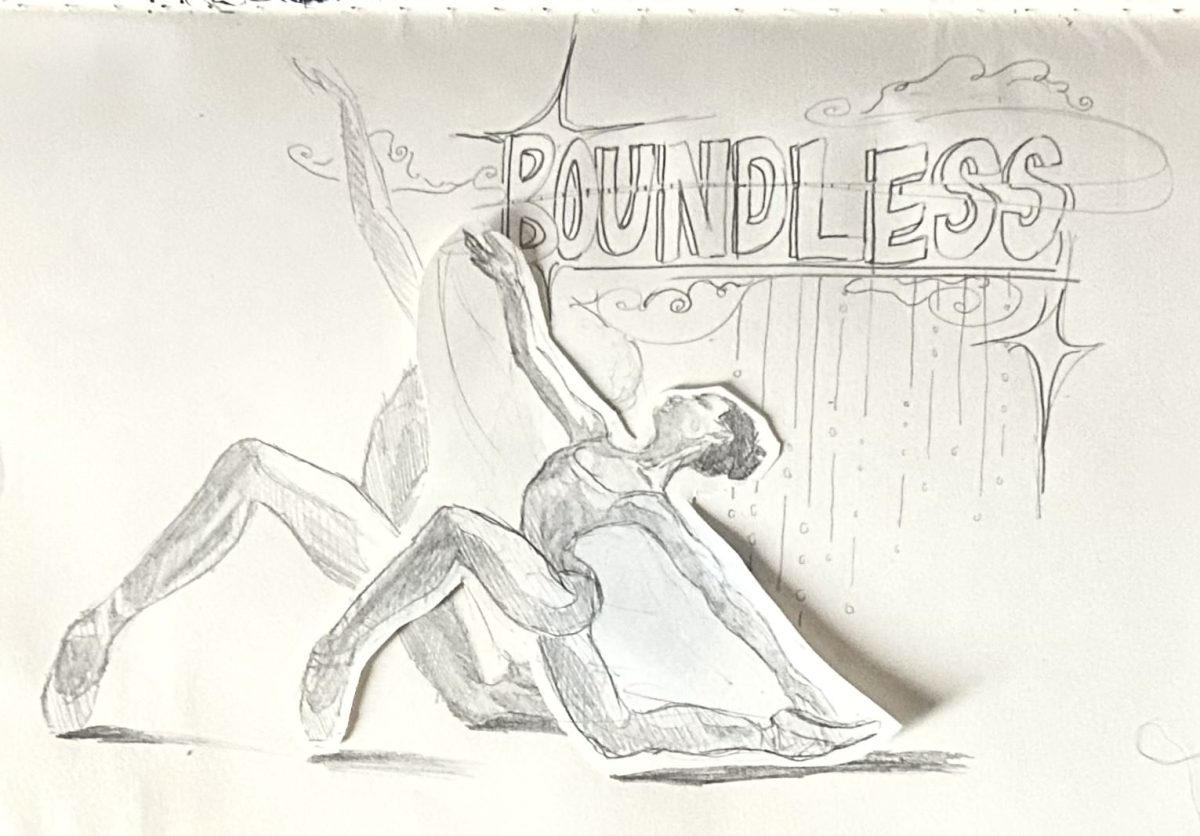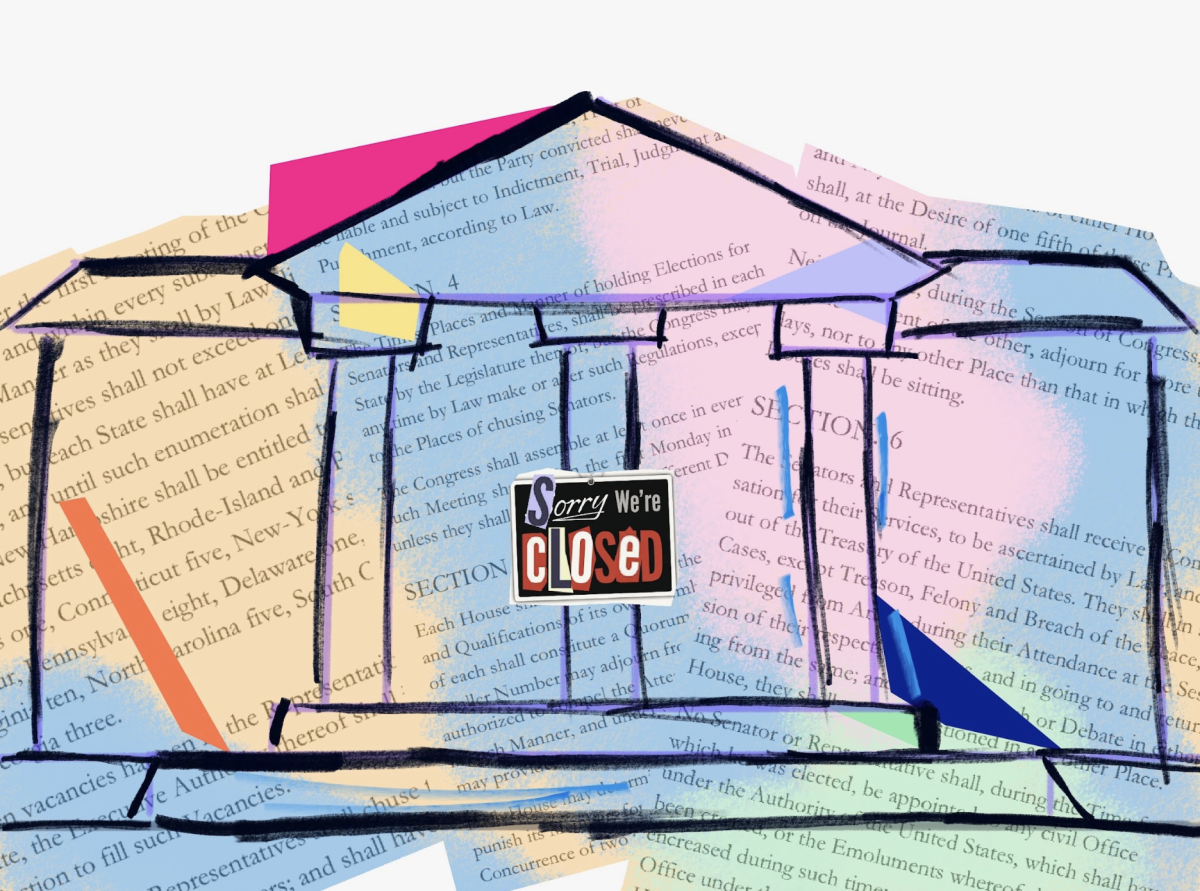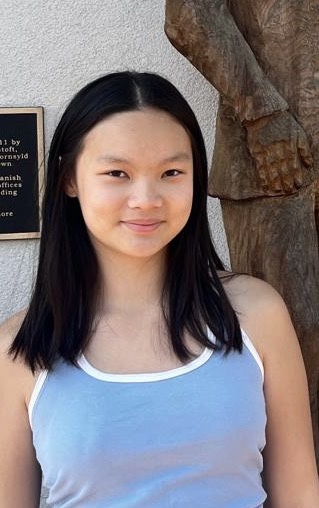This new school year marks the debut of two courses. Every fall, teachers propose courses for the upcoming year, which are reviewed by department chairs and the academic committee. Some of the key factors in approving courses are enrollment, teaching constraints, and graduation requirements. Dean of Faculty Harvey Johnson added, “There’s also the need to balance a student’s schedule, so we can’t have lots of offerings in one department and not another.” This year, the two new courses are Advanced Placement Art and Design: 3-D Art and Design and Senior Biological Research.
Advanced Placement Art and Design: 3-D Art and Design
3-D Art and Design is a new addition to the AP Art and Design Class, which, for the past 15 years, has offered only Drawing and 2-D Art and Design. “In the last few years, I’ve noticed that there are some students who are really interested in sculpture,” K-12 Chair of the Visual Arts Department Arnor Bieltvedt shared. “It’s really a great time for ideation and taking risks in art.” With the new 3-D option integrated into both of the AP Art and Design classes, all students have the opportunity to explore forms of 3-D art such as architecture, fashion design and ceramics. “The first quarter is when everyone is exploring what they want to do for their sustained investigation,” explained senior Jack Gomez, who, last year, asked Bieltvedt about the possibility of taking AP Art with a focus on ceramics. “Someone who’s doing AP 2-D Art, for example, could respond to the prompts using 3-D Art, so I think there’s a lot more flexibility in responding to the assignments and being more creative.”
Senior Biological Research
This year, the Poly Research Initiative introduced Senior Biological Research as a course modeled after university lab research. Categorized as an Independent Study the last two years, there was no assigned period for this credit/no credit class to meet. Instead, students worked during their free periods to complete the experiments and research. Due to high levels of student interest, it is now a graded course with 10 enrolled students. “For this course, it helped that there was a lot of pilot data,” stated Founding Director of the Biological Research Initiative and Upper School Science Teacher Bala Selvakumar, who first created the course in 2023. The new class structure still allows students to make contributions to professional spaces by conducting independent research focused on antibiotic resistance. However, designated class times and the focus on a specific research topic have allowed the class to become a more collaborative space. “Being able to see how other people conduct their experiments, or even smaller things, like how they phrase their research questions, which papers they choose to cite, or how they cite them, helps me learn in a different way,” shared senior Sofia Flores-Castro.



